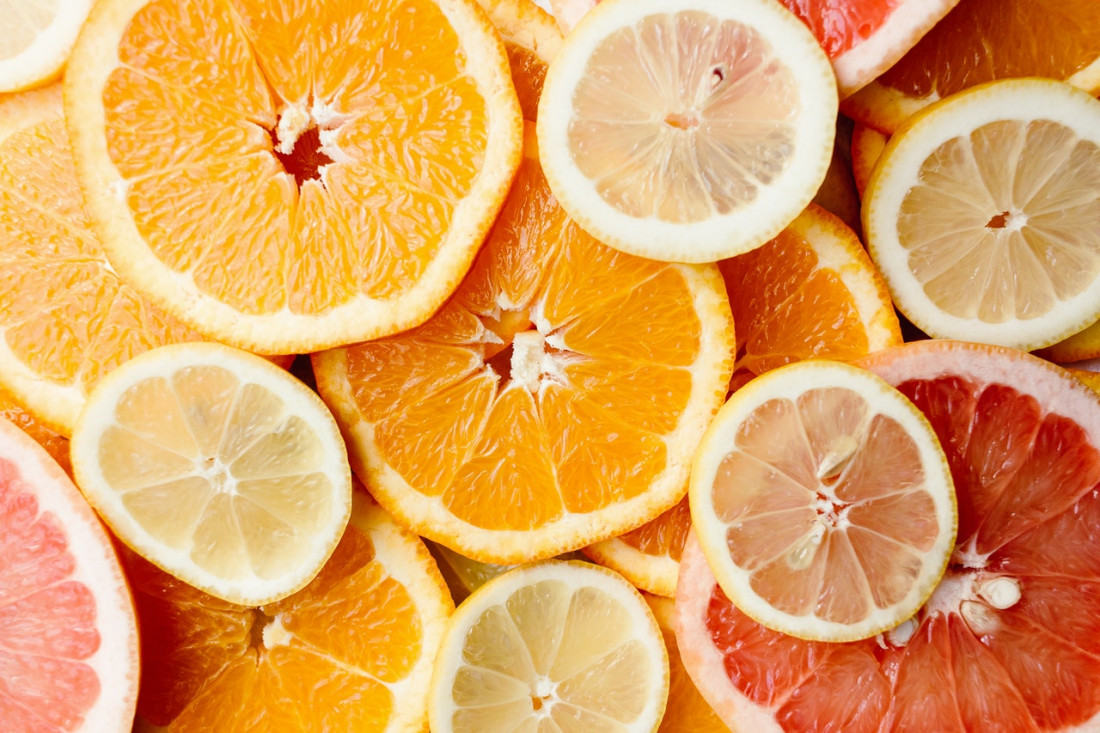The world needs industrial polymers. However, as any fuel knows (pun intended), most polymers are derived from petroleum oil which has two main problems.
- Petrol-based plastic is filling the oceans (at a rate of five million tonnes per year).
- The planet is running out of oil and gas (causing price madness and geo-political insanity).
Fortunately, the chemical industry is on hand to save the world, and has done so by developing degradeable petro-based polymers [such as poly(ε-caprolactone) or poly(butylene adipate-co-terephthalate)] and bio-based monomers [such as bio-polyethylene or bio-poly(ethylene terephthalate)]. However, both bio-based and degradeable have their problems.
Specifically, each of them only solves one of the original problems.
To avoid this, the chemical industry thought again about planet friendly plastics and developed materials that contain both elements; polymers that are both bio-based and biodegradable, such as, poly(lactic acid) or polyhydroxyalkanoates. However, these too have their problems as lactose is usually derived from glucose, which is in turn sourced from corn starch, which is a major food source for a hungry world.
This is why researchers from the University of Bayreuth, Germany, have looked into finding a better chemical feedstock for bio-based, biodegradeable polymers. There research has concluded that the surprise winner is …Limonene.
Publishing their results in the journal Nature, they claim that, “limonene—a doubly unsaturated terpene—is a bio-based non-food resource, which is mainly derived from the peel of citrus fruits. As the major component of orange oil (>90%), it is an abundantly available side product of the orange industry, produced in amounts of roughly 500 kt per year. Its versatility as a monomer is reflected by the great variety of polymers that are derived from limonene.”
The research is also discussed in the journal Green Chemistry, which quotes the researchers claims that the polymer, known as PLimC is, “Completely bio-based, [has a] high molecular weight (>100 kDa), with attractive thermal (glass transition temperature, Tg = 130 °C) and optical properties (transmission 94%, haze 0.75%).” The article goes on to state that, “PLimC with thermal stability as high as 240 °C could be achieved using appropriate end-capping agents. PLimC is characterised by excellent transparency and hardness.”
The researchers claim that the transparency is higher than bisphenol-A polycarbonate and has better mechanical properties than many petro-based polymers (such as polycyclohexene carbonate). And yet, “The amorphous thermoplastic still possesses one double bond per repeating unit. This suggests a broad range of modifications to tune the properties in almost any direction.” Causing the researchers to believe that, “PLimC [is] a platform from which countless functional materials can be derived.”
Clearly the study’s authors are enthusiastic about their research, and with good cause, because if the data holds true then PLimC has the possibility to make a large impact on polymer markets. As the price of oil again creeps above $50 a barrel, then the price of oil-based polymers is sure to follow. But that connection may soon end if PLimC is found to be a useable polymer feedstock for industrial scale production.
But does this mean that in the future we will be checking the financial papers to ask about the price of oranges?

